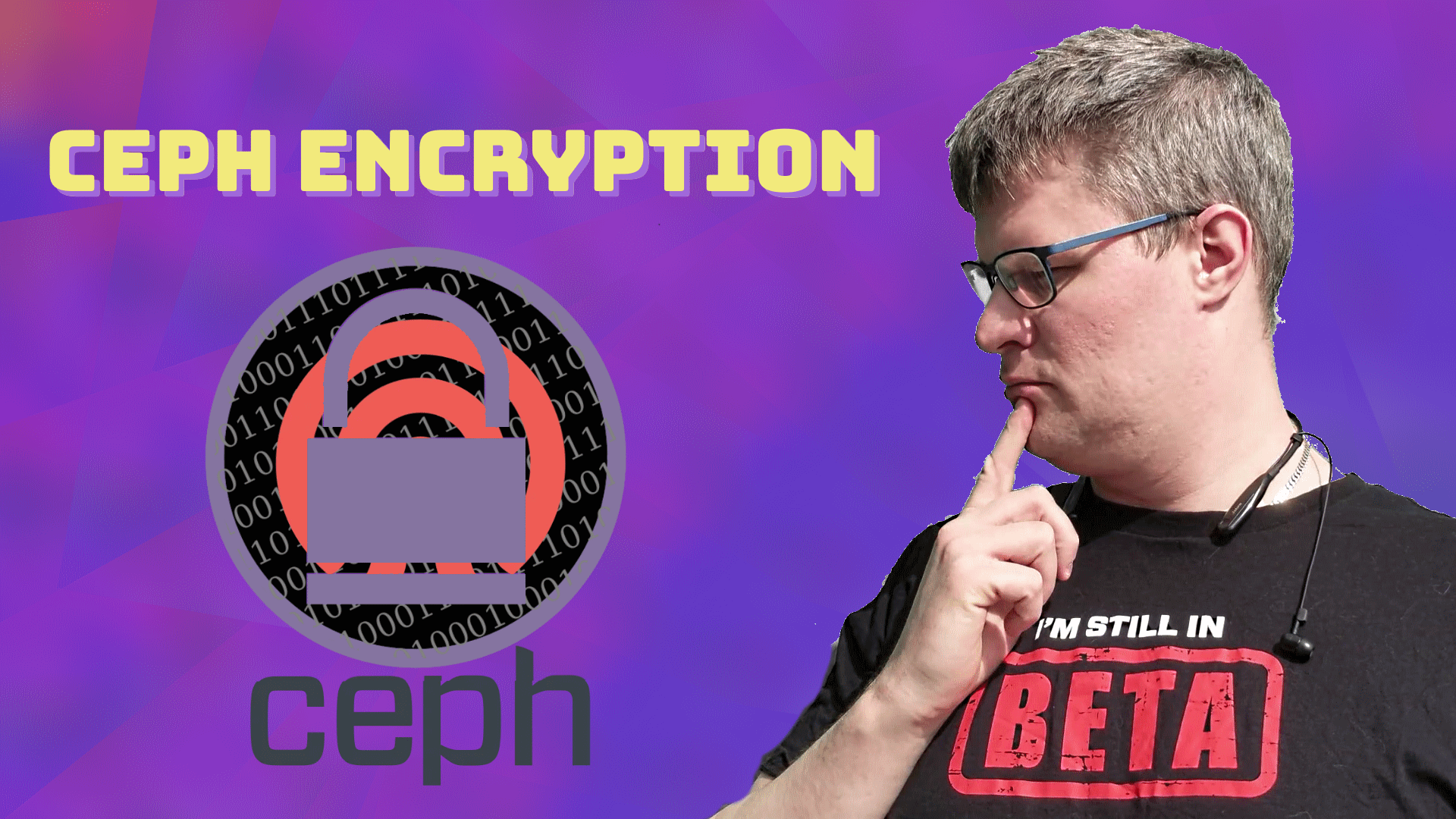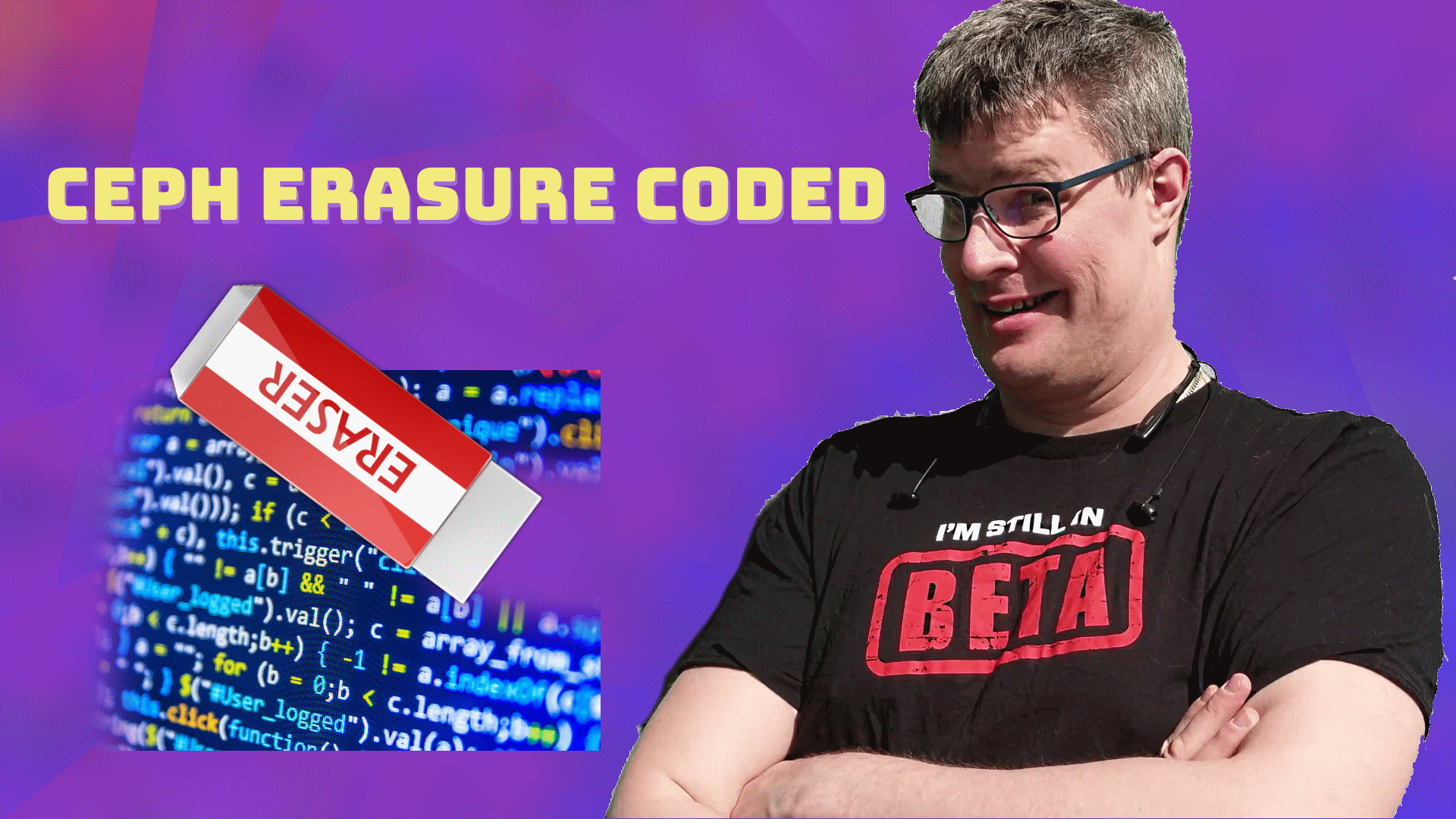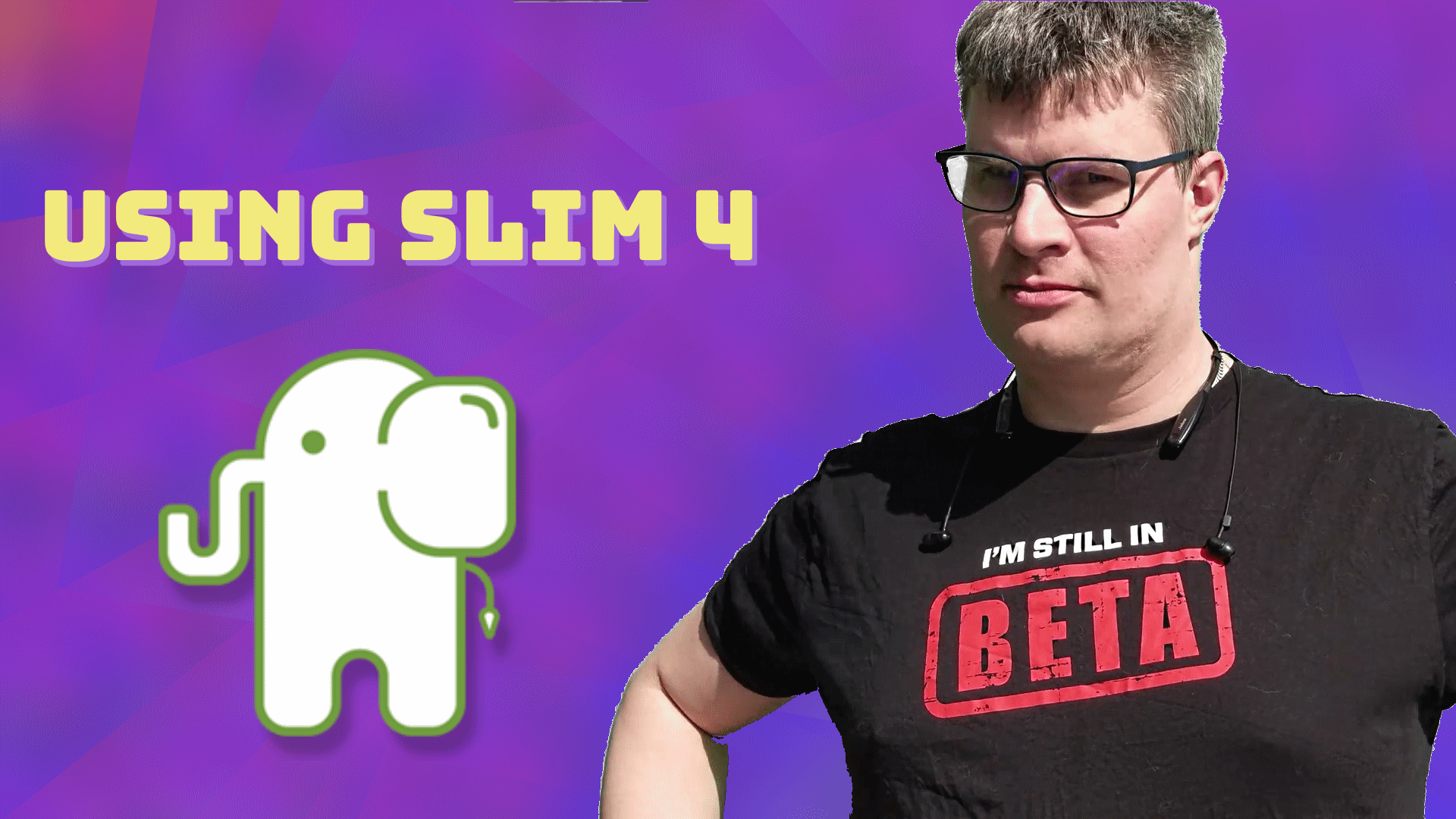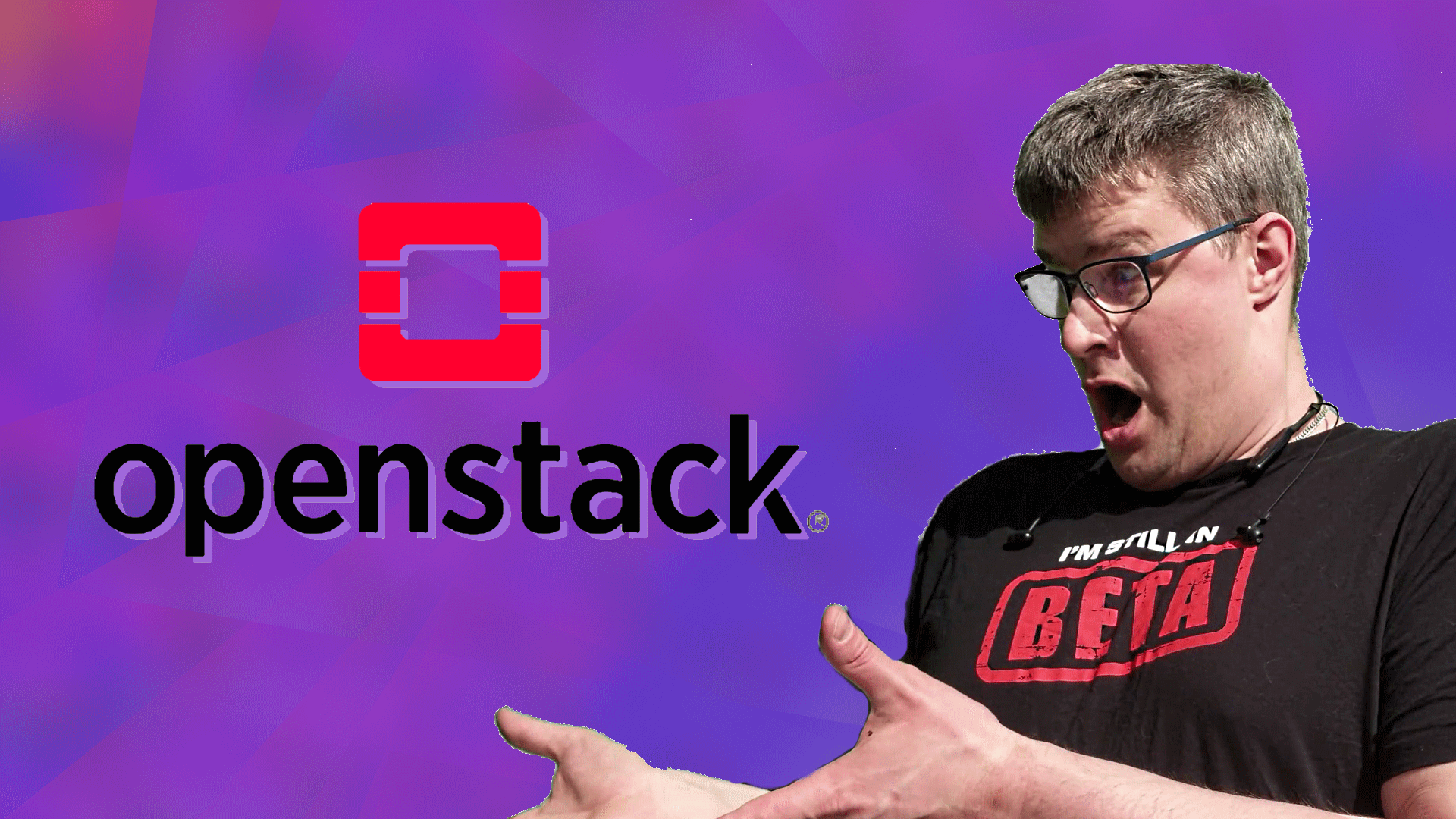
How to encrypt data at rest in a Ceph cluster
We look into Ceph encryption in a cluster where each OSD can be encrypted and the keys store externally in order to ensure data integrity and safety.

Quick look into the new Ceph Quincy release
We look at the new features in the Ceph Quincy release. Talk about changes and important improvements. Looking forward to starting using this on my clusters.

We look into Ceph erasure coding
In this video, we look into Ceph erasure coding. This is a feature where you can use more of the available space in your cluster without losing too much redundancy. It’s more complex and gives you the option to have more or less safety.

We look into analytics with Plausible
We install plausible and test how the analytics with plausible works. We read the code and try to understand what kind of features are available and look at how to integrate them into your site.

Creating your own Javascript overlay for Twitch
We go through how to create a twitch overlay in javascript so we can play a game and show updates in the overlay if the javascript code detects new followers. We also integrate it with a real-time clock counting down for stream end.

How does Ceph scrubbing work?
We look into the Ceph scrubbing process, how it works, what to expect when something goes wrong. Some techniques to handle issues and work around them. We also talk about the difference between deep scrubbing and normal scrubbing. Last but not least we talk about filesystem scrubbing.

How Video Enhance AI works
We look into Video Enhance AI giving some examples and talking about how it works.

How to use Slim 4 framework
We look into how to use the Slim 4 framework. First, we will talk about the difference between the Slim 3 generated code from OpenAPI and then we will look at the new requirements for Slim 4 and how to run it in a production environment.

How to make a contribution to the Ceph source code
I go through a recent PR I created on the Ceph project. This contribution was something that solved a problem that really annoyed me when I’ve used the dashboard regularly the last weeks during a large upgrade/migration.

Setting up a Samba share in Debian to work in Windows 11
We look into creating a Samba share on Debian. Then we connect to it from Windows 11 so we can work on our project in Windows and transfer data over Samba and run it in Linux.

How to install OpenStack with Kayobe
We look into installing OpenStack using Kayobe. OpenStack is a compute cluster solution with a lot of different services that could handle many task such as storage, network, compute and orchestration.

